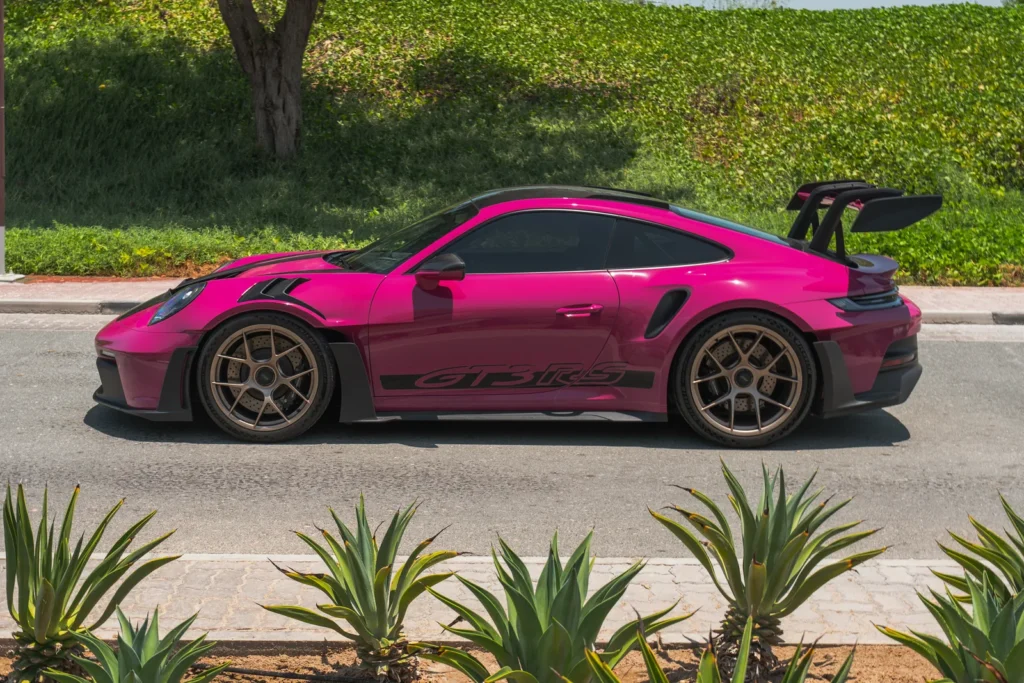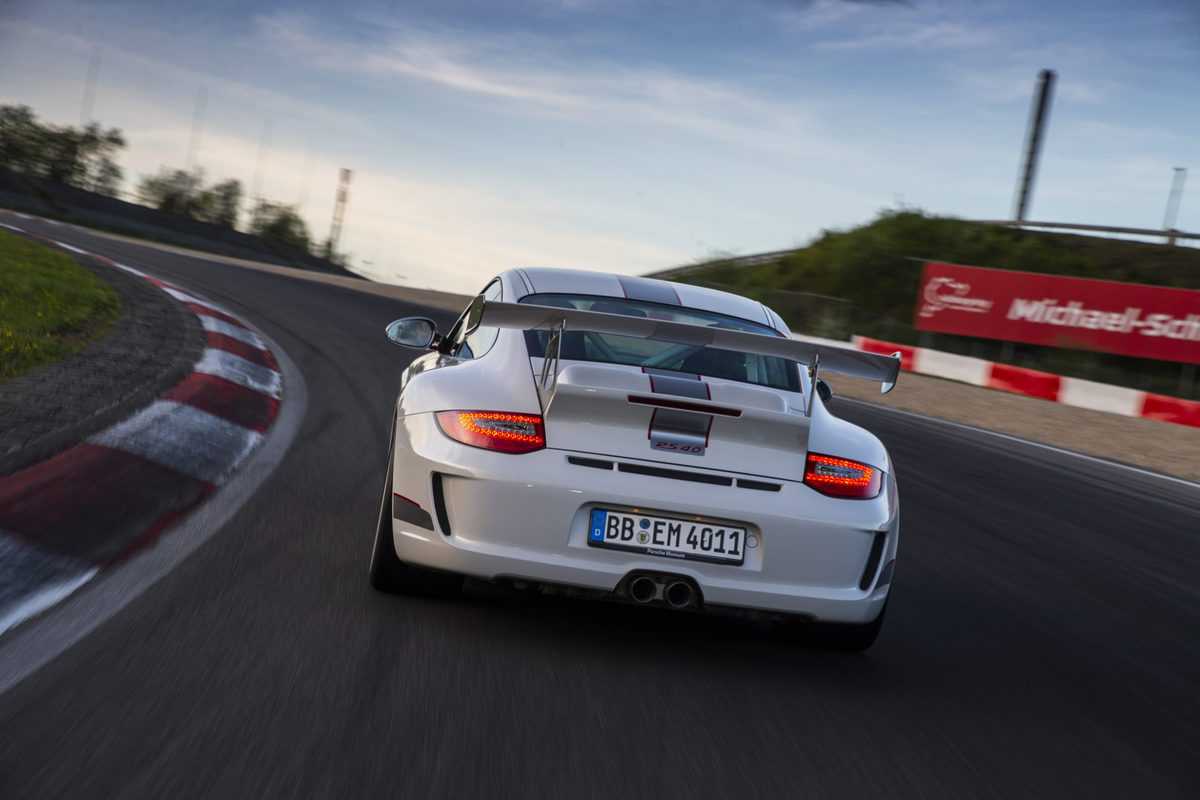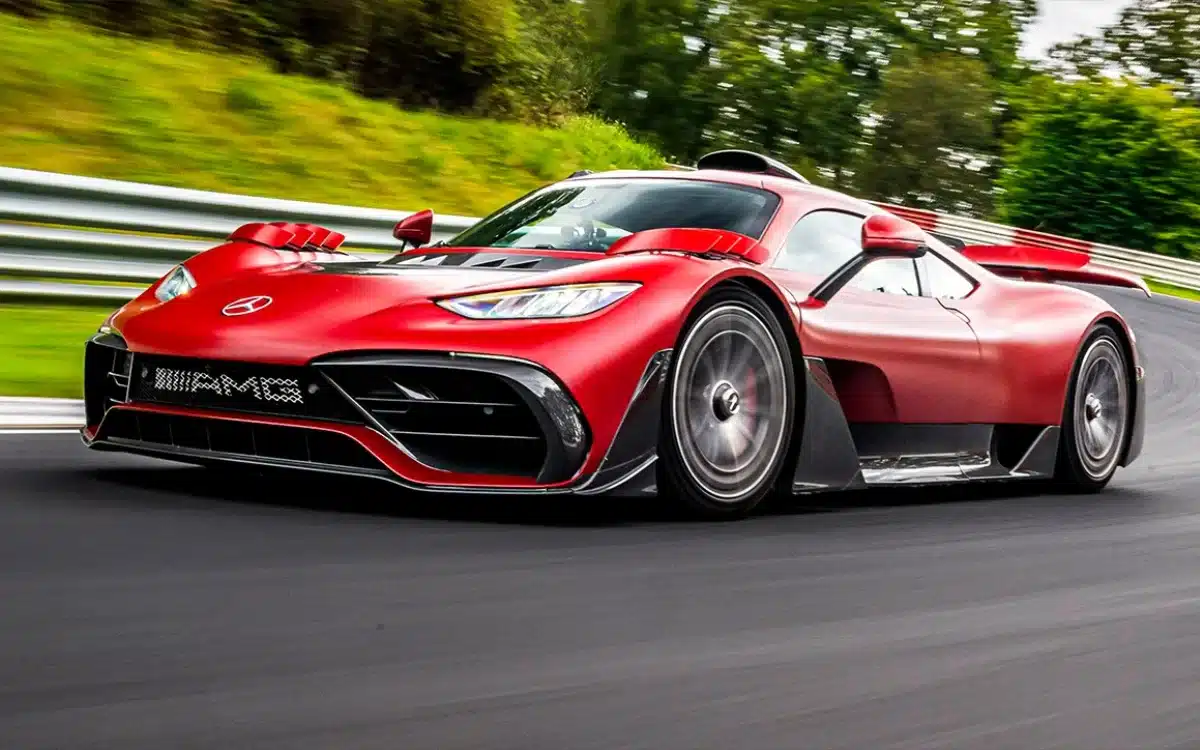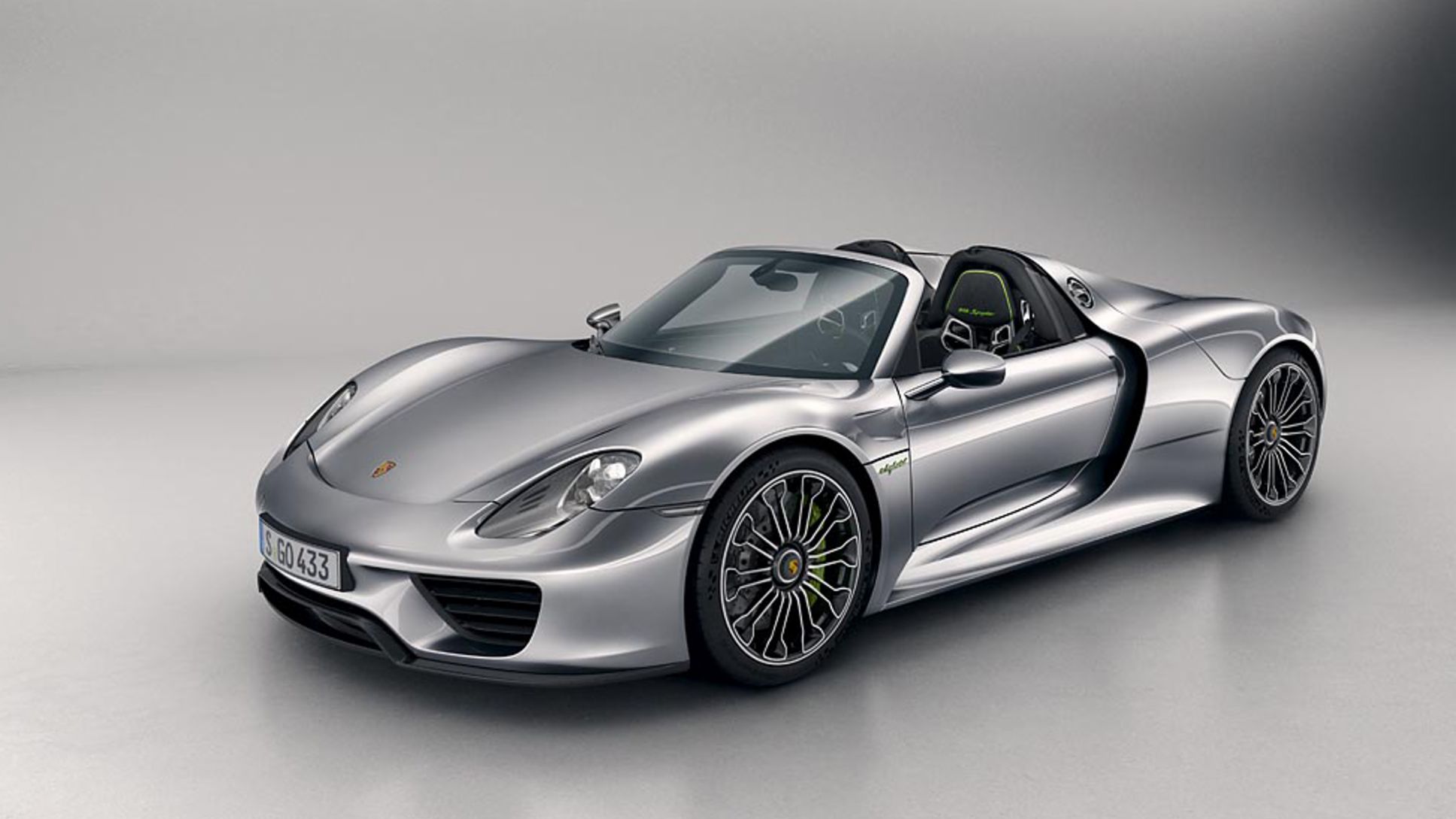Decoding Porsche GT models: what sets GT2, GT3, and GT4 apart?
Published on Oct 17, 2025 at 2:31 PM | By Alessandro Renesis
The only thing that’s more iconic than a Porsche 911 is a Porsche 911 GT, from the GT2 to the GT3 to the honorable mention here: the 718 Cayman GT4.
From the mid-engine agility of the 718 Cayman GT4 to the turbocharged ferocity of the 911 GT2 RS, these models showcase distinct facets of Porsche’s racing heritage.
These are cars are quickly becoming prized investments for collectors in an era leaning toward electrification.
Understanding the Porsche GT philosophy
The GT lineage is born at Porsche’s Weissach Motorsport Centre, where race-bred technology meets road-going precision.
The ‘GT’ moniker, short for Gran Turismo, signals a commitment to unfiltered performance.
GT models – GT4, GT3, and GT2 – share lightweight construction, advanced aerodynamics, and minimal electronic aids, prioritizing driver connection over comfort.
Yet, their personalities diverge.
The GT4 offers tactile, analog engagement; the GT3 delivers razor-sharp, track-friendly precision; and the GT2 RS unleashes supercar intensity.
Produced in limited runs, these cars are benchmarks of pure performance, coveted by enthusiasts and collectors for their engineering and emotional depth.
Performance data and key specs

All three use flat-six engines, but the GT2 RS uses a smaller 3.8-liter twin-turbo unit, while the other two use 4.0-liter powertrains.
Power?
The GT4 makes 414 horsepower; the Porsche 911 GT3 puts out 502 horsepower, and the Porsche 911 GT2 RS delivers 690 horsepower.
0-60MPH is dealt with in 4.2 seconds, 3.2 seconds, and 2.7 seconds respectively.
The GT4’s mid-engine layout prioritizes handling finesse, making it a bit more approachable.
The GT3, with its rear-engine setup and high-revving flat-six, is a track-focused masterpiece.
The GT2 RS amplifies the GT3’s chassis with turbocharging and aggressive aerodynamics, delivering blistering acceleration.
All are track-capable, but their characters range from the GT4’s old-school charm to the GT2 RS’s supercar-slaying dominance, catering to varied driving preferences.
Historical and market context

The GT3, introduced in 1999, bridged Porsche’s racing and road-car worlds, quickly earning cult status.
The GT2 followed as a turbocharged evolution, while the GT4 joined in 2015, bringing GT ethos to the Cayman platform.
Early GT3s traded near MSRP through the mid-2000s, but values have skyrocketed since 2020, especially for 991.2 and 992 GT3s with manual gearboxes (a recurring theme in the auction world).
GT2 RS prices, once around $325,000, now range from $450,000 to $550,000 for low-mileage examples.
The GT4, the “entry-level” GT, holds strong at $140,000–$160,000.
This surge reflects a collector shift toward analog, high-revving cars, increasingly rare in an electrified automotive landscape.
Why values shift – demand and collector sentiment

Porsche GT models blend performance and purity, a rarity in modern cars.
Enthusiasts and investors value their mechanical simplicity, motorsport lineage, and emotional engagement.
Limited production – as per usual – fuels demand, with GT3 and 718 Cayman GT4 values bolstered by Porsche’s restrained output.
The Porsche 911 GT2 RS, with its Nürburgring record and exclusivity, attracts high-net-worth collectors maybe more so than the other two.
The broader market mirrors trends seen in analog Ferraris and Lamborghinis, where manual transmissions and raw driving experiences drive appreciation.
As hybridization looms, GT cars stand as the last bastion of pure combustion, cementing their status as collector icons.
Current market listings for Porsche GT models and asking prices

Broadly speaking, the 718 Cayman GT4 is the least expensive, with median listings of $135,000-$155,000.
The 911 GT3 goes for $250,000-$310,000, with the GT3 RS often exceeding $350,000.
The GT2 RS is the most expensive, with an average selling price well north of half a million.
Weissach Package models sometimes go for $600,000.
The GT2 is also quite versatile – so to speak.
Not long ago, a GT2 was used as a starting platform to create a 935 homage (pictured above).
Factors affecting value
Several elements shape Porsche GT values.
Transmission and spec play a key role, because people want manuals, and rarities with paint-to-sample finishes can also be valued differently.
Obviously, production numbers also play a part.
The rarer the better.
Condition, provenance, mileage, and use are also high on the list.
People tend to want vehicles in great condition, with a proven track record when it comes to maintenance of ownership.
Head to SBX Cars to find out more Porsche auctions.





